2023 in pictures: Ration cuts threaten catastrophe for millions facing hunger
In the past year, the World Food Programme (WFP) has suffered the worst funding shortfalls in its 60-year history: we raised just US$7.5 billion of our projected costs of US$23.5 billion.
This has resulted in colossal reductions in the number of people we serve. With 333 million people around the world facing acute hunger, we were forced to cut rations outright for millions of people in countries such as Syria, the Democratic Republic of the Congo, Haiti and Yemen, pushing families deeper into hunger.
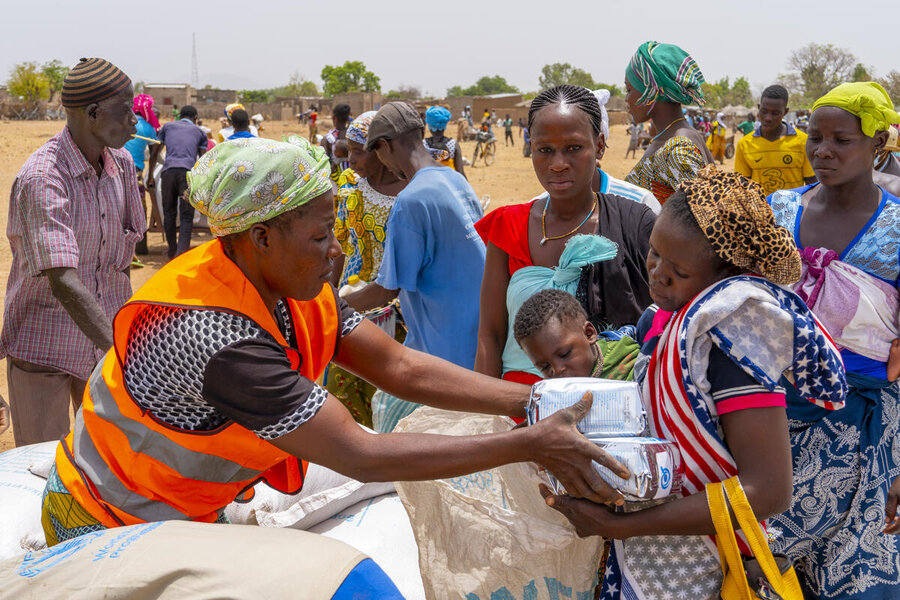
The tragic irony is that many of the places where WFP operates should not only be thriving by themselves but producing food for people in other countries to consume too.
At the beginning of 2023, Matthew Hollingworth, WFP's Country Director for Ukraine, summed it up neatly: “We’re delivering food assistance in one of the most fertile countries in the world. It’s perverse. We shouldn’t need to be here – but we are, and we do.”
But with conflict and climate extremes showing no sign of abating, humanitarian assistance continues to be the only lifeline for millions of people. Below, we look at just some of the countries where WFP’s had to cut assistance in 2023...
Afghanistan
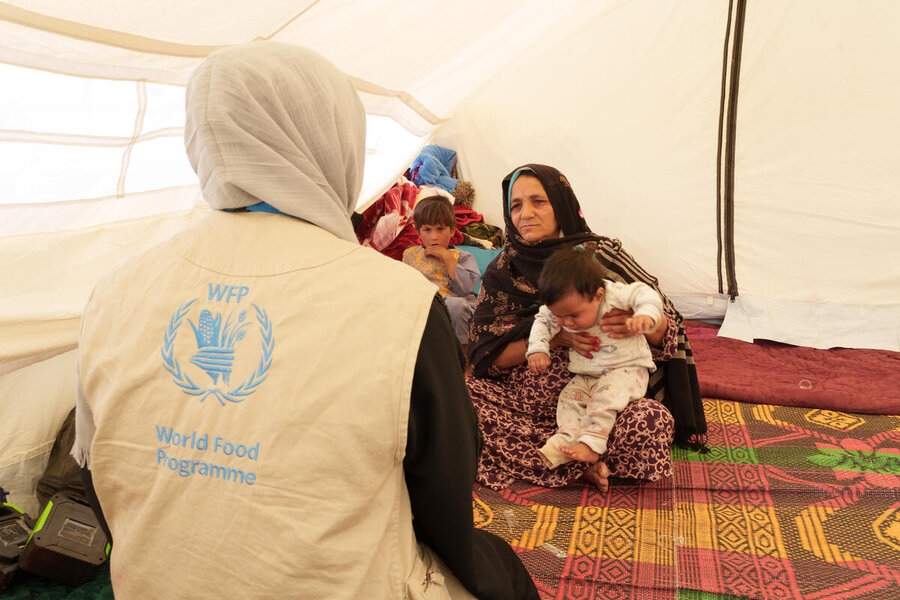
In January 2023, WFP assisted 13 million people in Afghanistan. Today we provide emergency food assistance to only 3 million people every month, following drastic cuts in May and September. WFP requires urgent funding to assist particularly vulnerable families through the winter.
Bangladesh
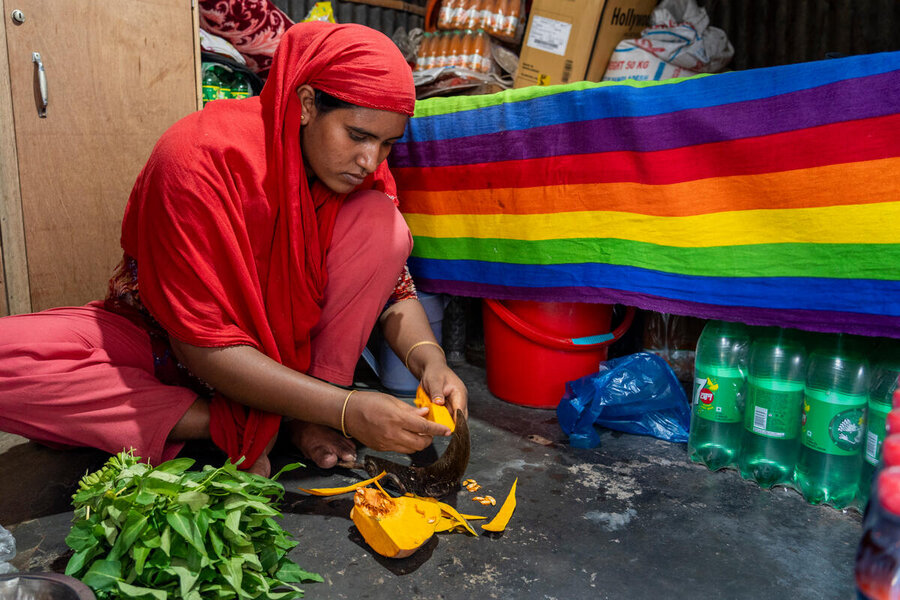
We were forced to cut lifesaving food assistance for the entire Rohingya population of nearly 1 million people in Cox’s Bazar camps. As a consequence, more children are being admitted into treatment programmes for both severe and moderate acute malnutrition; the duration of treatment is also getting longer.
Democratic Republic of the Congo
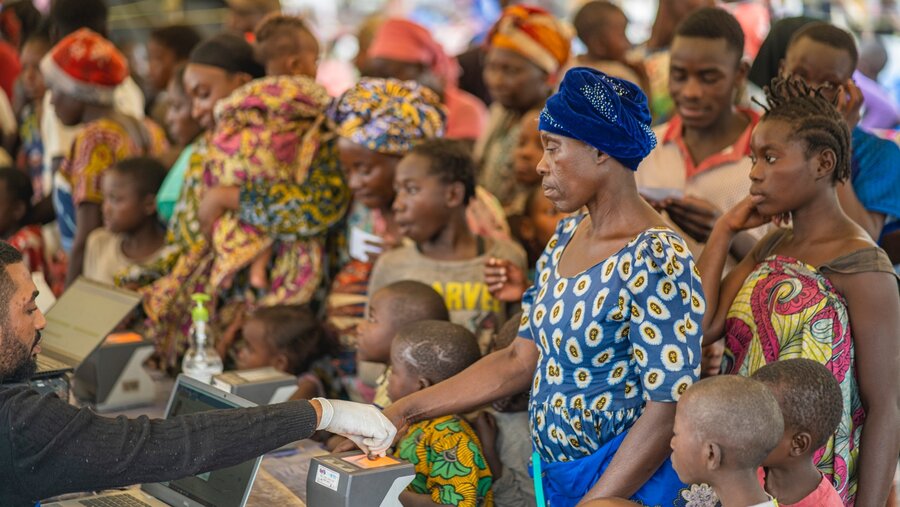
Since March 2022, more than 3.3 million people have been displaced by recent conflict in the eastern DRC, bringing the number displaced around the country to 6.9 million. Between January and August, nearly 50,000 cases of gender-based violence were reported in the conflict-affected eastern provinces of Ituri, North Kivu and South Kivu but WFP's current funding shortfall of US$472 million for DRC is limiting its outreach.
Haiti
In July, WFP was forced to reduce the number of people receiving emergency food assistance by 25 percent, depriving 100,000 of the most at-risk Haitians of food assistance.
Palestine
In June, across the West Bank and Gaza, we had to drop 200,000 people who were dependent on WFP assistance from our books – that’s 60 percent of the people we supported in Palestine.
Diary from Gaza: 'If death doesn’t come from airstrikes, it will come from starvation'
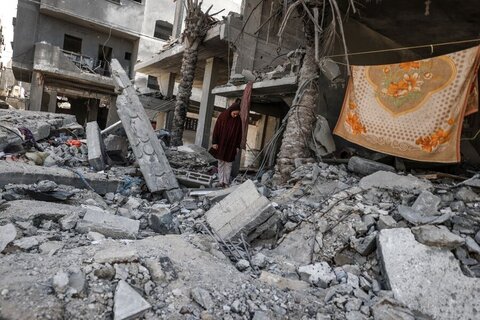
Now with the war in Gaza having entered its third month, needs have skyrocketed: 1.8 million people are displaced and struggling to find food and water. WFP has joined calls for a ceasefire.
Mozambique
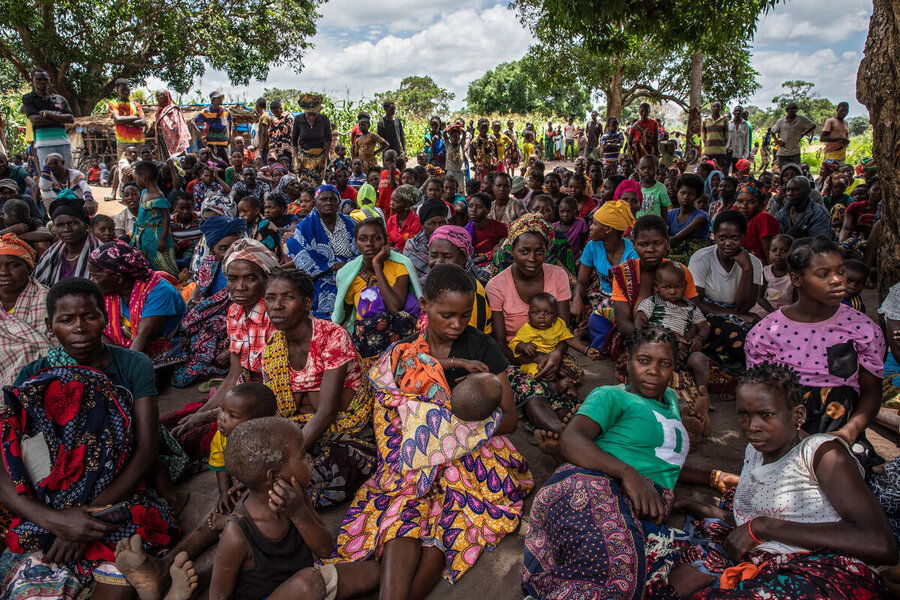
At the beginning of the year, WFP was still reaching 1 million people with monthly food assistance – now we can only reach 500,000 people once every two months.
South Sudan
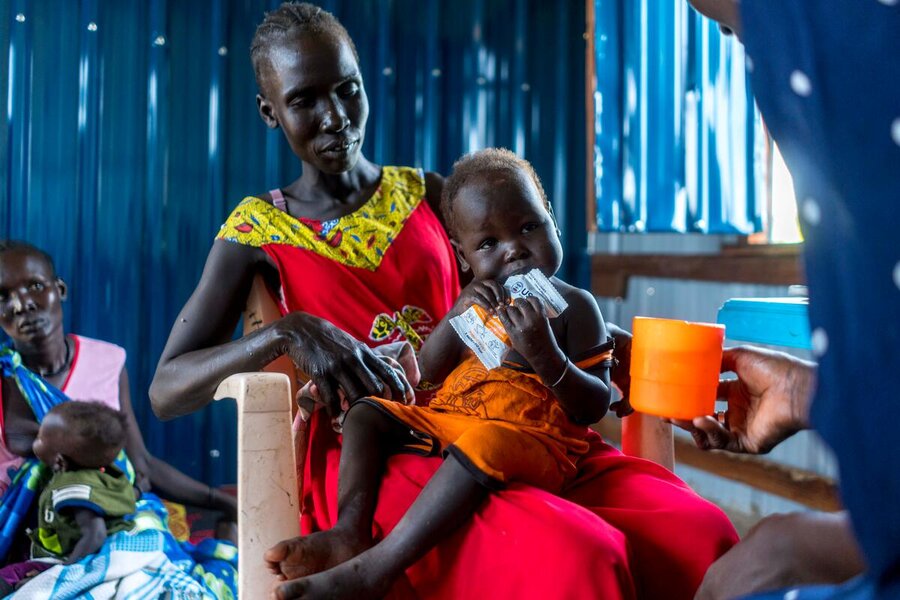
Two-thirds of the population – 7.76 million people – face hunger, including 43,000 people facing catastrophic hunger. Yet funding shortfalls mean WFP can only assist the 3.2 million people facing the highest levels of food insecurity in the country.
Syria
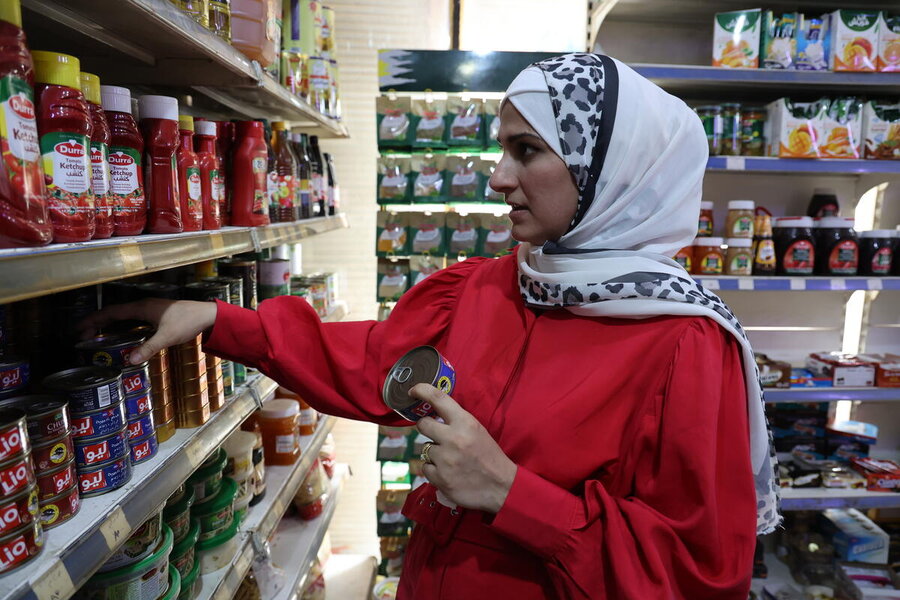
WFP cut general food assistance to 40 percent of the 5.5 million we used to assist in the country (and who were already on half-rations). So, since July we’ve continued general food assistance to only 3.2 million – but even that is set to end in coming weeks.
The road ahead
Cutting assistance has untold consequences for millions and jeopardizes years of work and gains fighting hunger and malnutrition.
We are in danger of entering a humanitarian doom loop, where WFP saves the starving at the cost of allowing millions of other hungry people to sink deeper into hunger and move closer to the edge of starvation.
It is not too late to pull back from the brink. But unless adequate funding comes in fast, disaster looms for millions of people in 2024.
